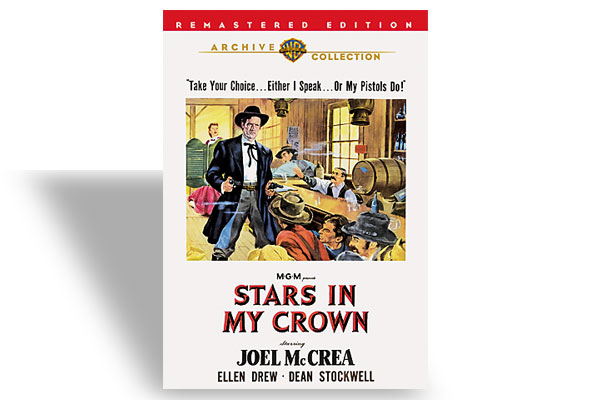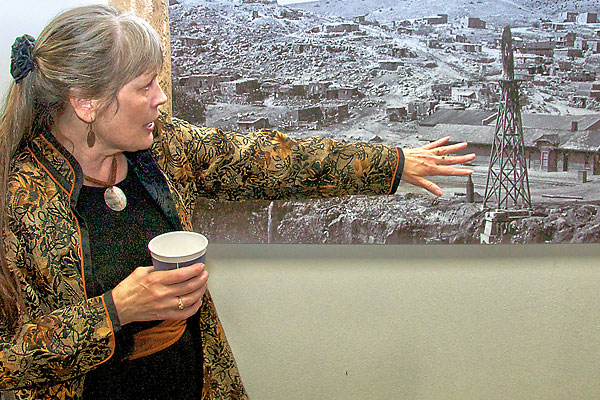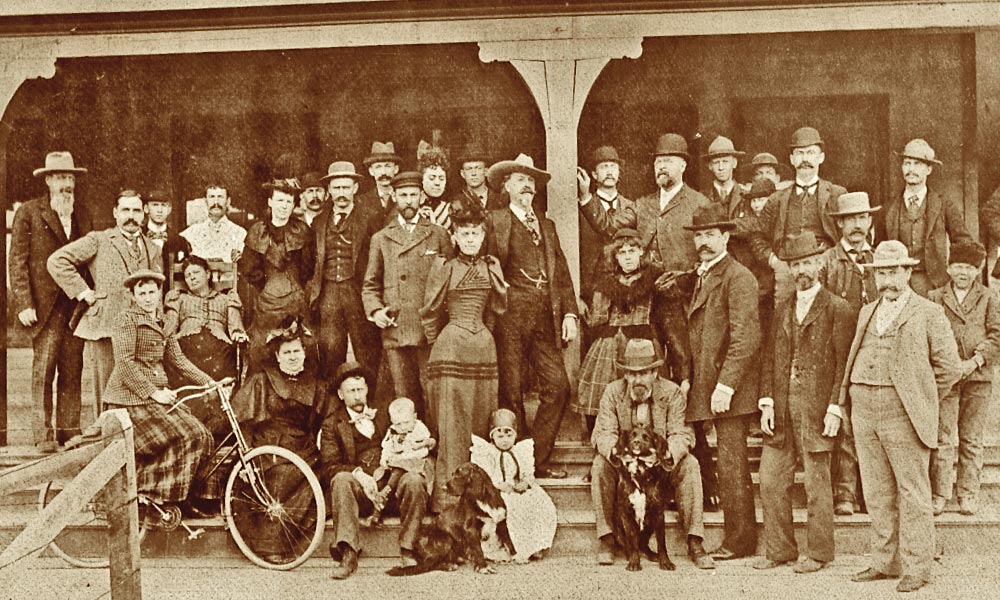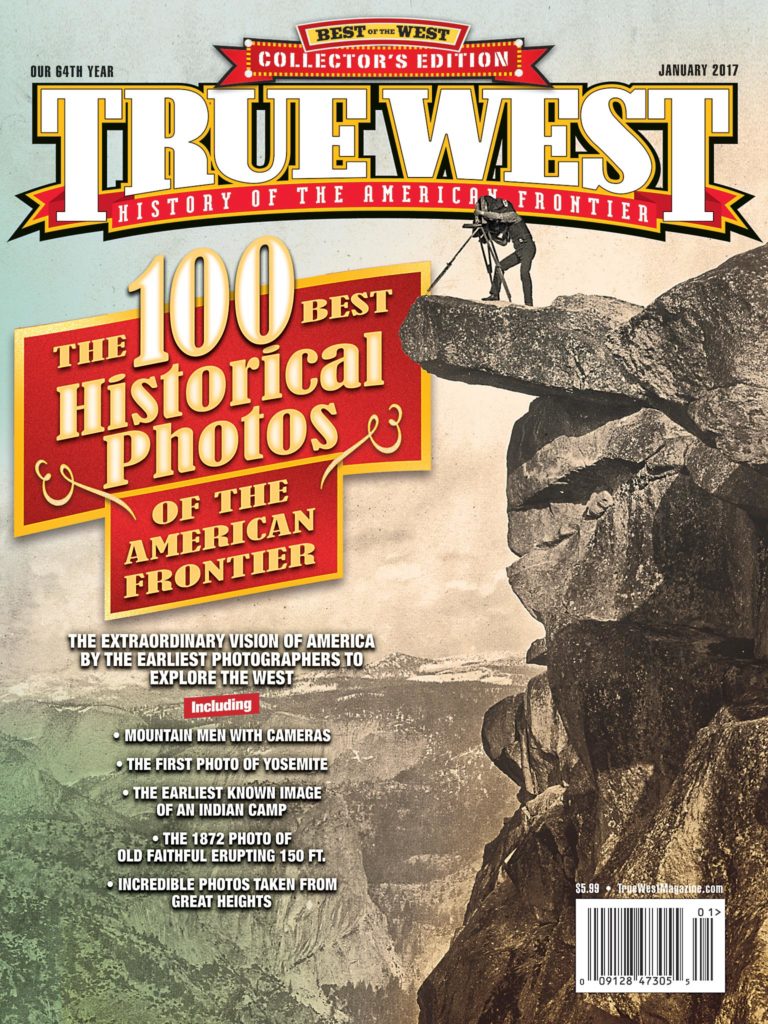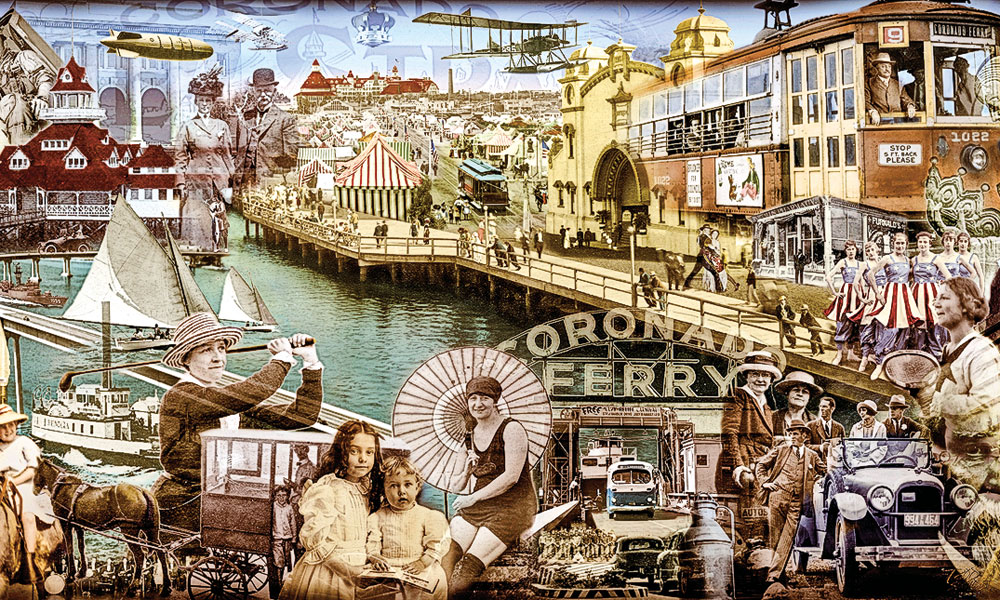
Box after box of photos. Day after day. One image more fabulous than the next.
Photographer Todd Stands thought he knew a lot about “Coronado Island,” as it’s usually called, but after viewing “tens of thousands” of photographs supplied by the Coronado Historical Association, he saw the California city in a new light.
The City of Coronado was building a new City Hall and wanted to commemorate the rich history of this resort town next to San Diego, founded in the late 1800s and named after the Spanish word meaning “crowned one.”
The city commissioned Stands to create giant collages of historical photos to cover the north and south walls of City Hall’s lobby, making it into a permanent art gallery.
Stands spent weeks choosing 500 images and a month scanning them into a computer. Then he set to work.
“I had hundreds of incredible images,” he recalls. “I’d think, ‘I need a plane,’ and find one, then think, ‘Hey, I’ve got a better plane.’ I made thousands of collages. I would bring them in to city officials for all to see. The hardest part for any public arts project is getting everyone on the same page.”
He produced nine foot-by-18 foot
murals. The one on the north wall has 45 photos; for the south wall, 57. Just 102 pictures in all, installed in 2005. But what a story they tell.
The north collage, titled “Photographic Memory #1,” includes photos of the original boathouse and baths of Hotel del Coronado from 1888-1891—a hotel that is still the most recognizable feature of this community; ferryboats from the late 1800s; golf in 1918; a “Coronado matron at polo match,” circa 1920; the Coronado High School football team from 1923; the dirigible Shenandoah from 1924—as well as an amphibious plane and the first hydroplane flown by Glenn Curtiss in 1911.
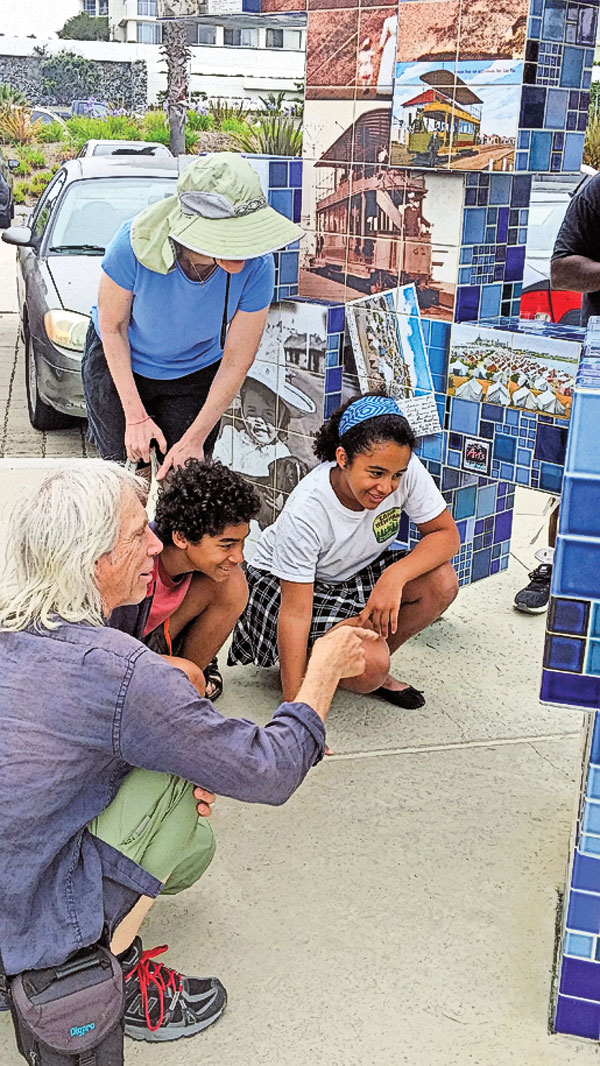
The south mural, “Photographic Memory #2,” includes pictures of a double-decker streetcar, circa 1889; the Japanese Tea Garden wishing well from around 1908; the ferry Ramona, 1904; the island’s first schoolhouse in 1888; the regatta from 1935; the Boy Scout Liberty Bond drive of 1914; and “Elena Whiley with her clavichord,” 1921.
Both murals include images from “Tent City,” which stood from 1900 to 1939 adjacent to “The Del,” and housed folks who couldn’t afford the hotel’s high prices. The city officials commissioned Stands to do a second mural project on Tent City, with photos printed on glazed tiles for an outdoor display. The mural panels were installed in 2009, on the very site where Tent City once stood—now the Glorietta Bay Promenade.
Stands says he’s proud of all the collages he created: “They give people a visual of the depth of this place.”
Jana Bommersbach has earned recognition as Arizona’s Journalist of the Year and won an Emmy and two Lifetime Achievement Awards. She cowrote the Emmy-winning Outrageous Arizona and has written two true crime books, a children’s book and the historical novel Cattle Kate.


